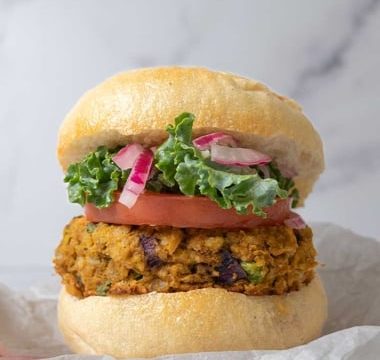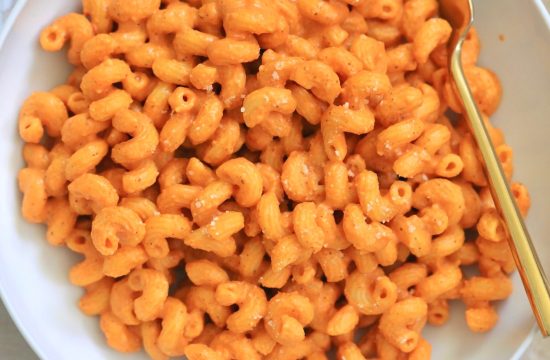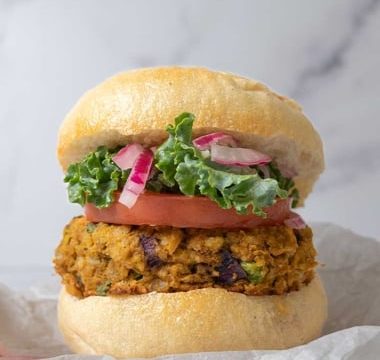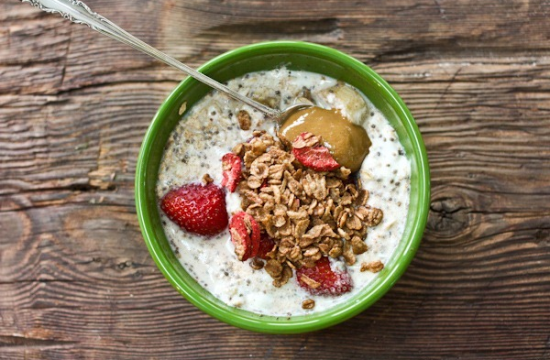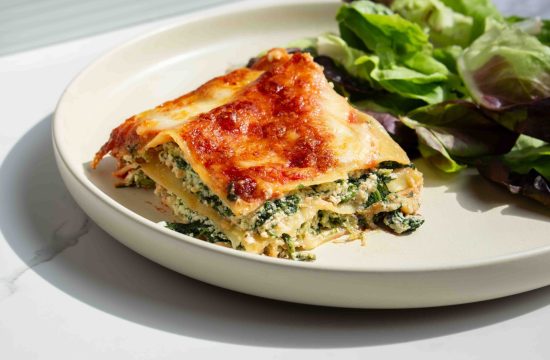
You probably already know that eating vegetables is an important step in maintaining your health, but did you know that it matters whether you eat them raw or cooked? Sometimes introducing heat to a vegetable adjusts its composition, which could result in nutrient loss. Learn the healthiest way to prepare vegetables.
01
Steam or roast carrots
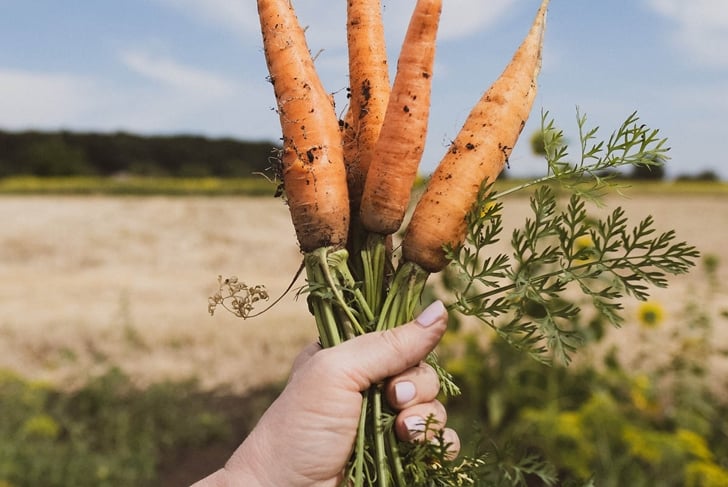
Carrots are an excellent source of vitamins A, C, and K. Since they’re rich in an antioxidant called beta carotene, they’re good for your eyes. Beta carotene, or carotenoids, give carrots their orange hue and may protect you against cancer. They also improve cognitive function and protect your skin against ultraviolet (UV) sunrays. It’s easier for your body to use carotenoids when they’re heated, so try steaming or roasting your carrots.
02
Eat garlic raw (or lightly cooked)
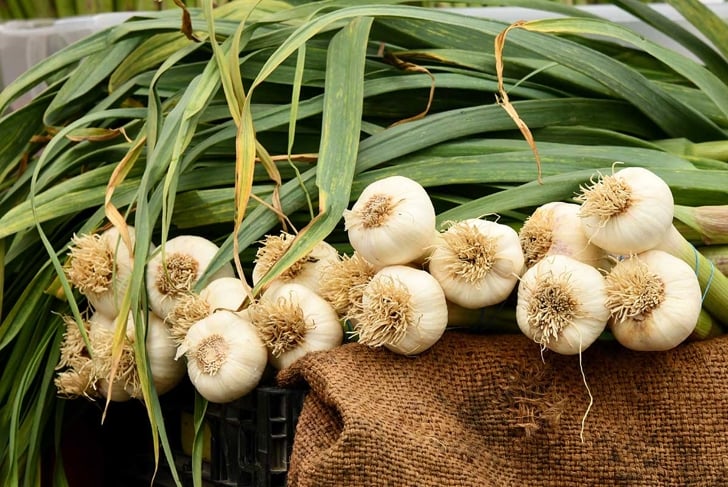
While you may think garlic stinks, its smelliness is what makes it so healthy. Garlic’s strong odor comes from allicin, which is responsible for a host of health benefits. It’s good for your heart and boosts your immunity. It can also act as an anti-inflammatory and may even kill some of the bacteria that cause food poisoning. Garlic is healthiest when it’s raw. If you need to cook garlic, don’t heat it over 140 F. Higher temperatures can kill allicin.
03
Steam cabbage
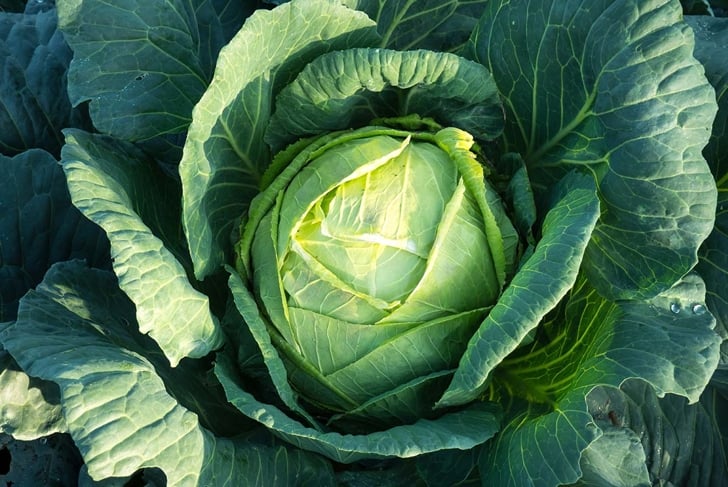
Cabbage is a versatile vegetable. You can use it in salads or stir-fries, and when fermented, it turns into sauerkraut. It has many health properties too. Cabbage is a cruciferous vegetable, which means it contains compounds called glucosinolates. These compounds protect cells against diseases and have a lot of antioxidants. To get the most out of your cabbage and its glucosinolates, try steaming it for five to 10 minutes.
04
Bake or grill onions

Another pungent yet healthy vegetable is the onion. It contains many vitamins and minerals and can help lower the risk of several illnesses, including diabetes, heart disease, and stroke. Onions contain phenolic compounds, which help fight free radicals and exhibit anti-cancer properties. In one study, when compared to raw onions, baked, fried, or grilled onions experienced an increase in phenolic compounds. Since fried onions aren’t cooked in healthy fats, try baking or grilling onions instead.
05
Eat kale raw or steamed

Ever since kale was declared a superfood, it’s been a staple in many diets—and for good reason. It contains vitamin A, folate, omega-3 fatty acids, and minerals, like calcium and zinc. It may inhibit cancer and lower cholesterol. Kale’s antioxidants and flavonoids also play a role in preventing other diseases. When you heat kale, it loses many of its health benefits. If you can’t eat it raw, though, try steaming it, which is the best method to preserve kale’s nutrient profile.
06
Eat red peppers raw or roasted
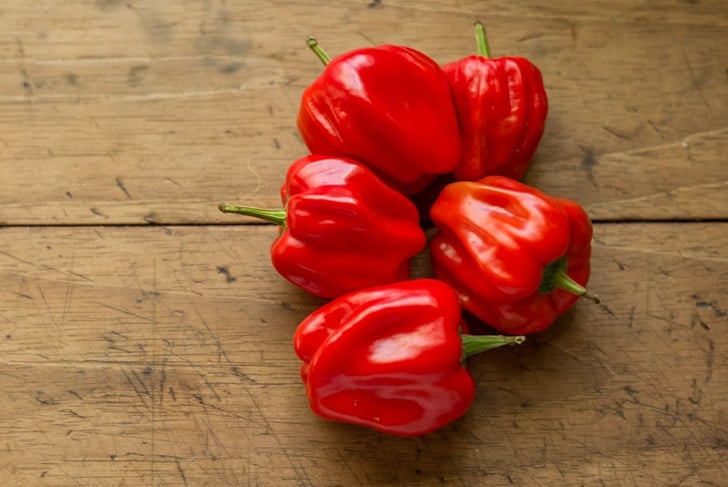
Red peppers are loaded with vitamin C and beta carotene. They protect your eyesight and boost your immunity. Red peppers also support your skin cells and help you heal from cuts and wounds. Although they are healthier when eaten raw, they maintain some of their health benefits when stir-fried or roasted compared to steaming or boiling them.
07
Steam broccoli
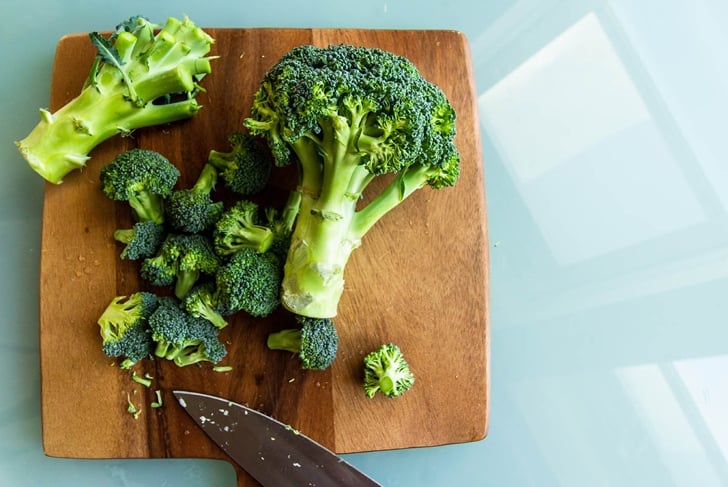
Broccoli started as a mustard plant, but farmers cultivated it and turned it into the tree-like veggie we’ve come to know today. A cup of broccoli has as much vitamin C as an orange. It has many other nutrients too, such as folate and vitamin B6. It’s another cruciferous vegetable that contains glucosinolates, so, just like cabbage, broccoli is healthiest when it’s steamed.
08
Steam or pressure cook mushrooms
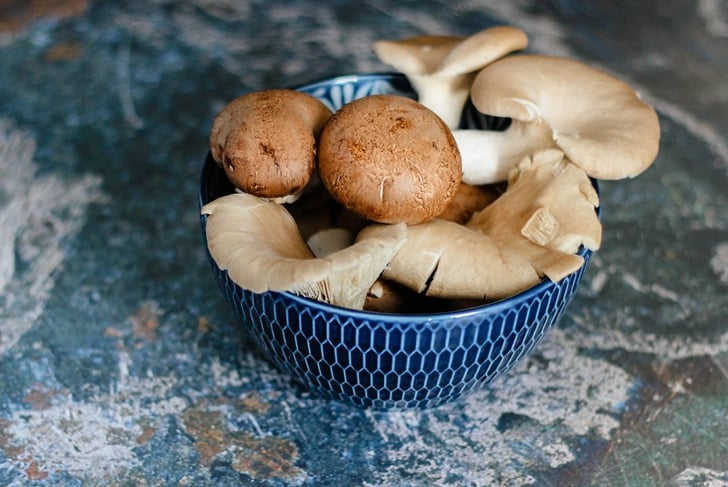
Mushrooms are low in calories and a good source of vitamins and minerals. When they’re grown in the sun, they contain vitamin D. Mushrooms are also rich in potassium. Consuming may lower your risk of developing serious diseases, like Alzheimer’s, diabetes, and cancer. Since a small amount of heat raises the antioxidant levels in mushrooms, try steaming or cooking them in a pressure cooker to get the most out of your mushrooms.
09
Cook tomatoes with olive oil

Tomatoes are a good source of potassium and vitamins B and E. They also contain an antioxidant called lycopene. Lycopene is what makes tomatoes red and protects them from the sun’s UV rays. It also helps support your immune system and strengthens your lungs and heart. Heat helps your body absorb more lycopene, so aim to cook your tomatoes. You can also eat canned tomatoes or add a little extra-virgin olive oil to your tomato sauce to absorb the most lycopene.
10
Chop up raw spinach
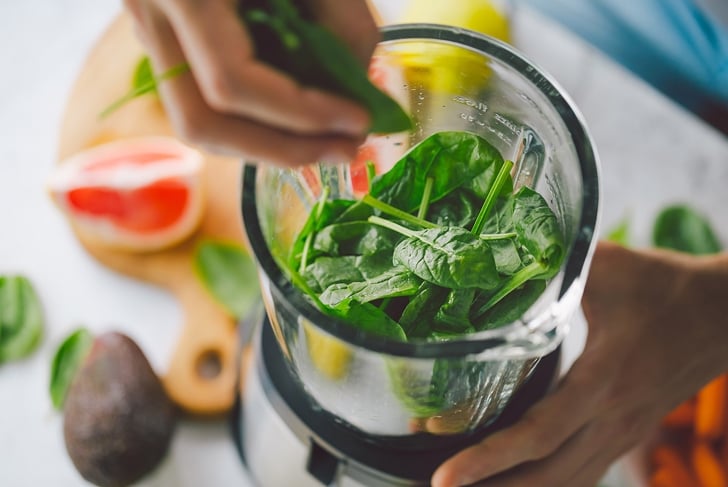
Popeye had the right idea when he ate spinach to get stronger, but he shouldn’t have eaten it straight from the can. Spinach contains lutein, a powerful antioxidant. It supports eye health and brain function and helps protect your skin against the sun. To ensure your body absorbs as much lutein as spinach has to offer, eat it raw. Even just four minutes of boiling causes spinach to lose 40 percent of its lutein. The healthiest way to eat your spinach is to chop it up to further release lutein, so try mixing it into your smoothie or eating a chopped spinach salad.


